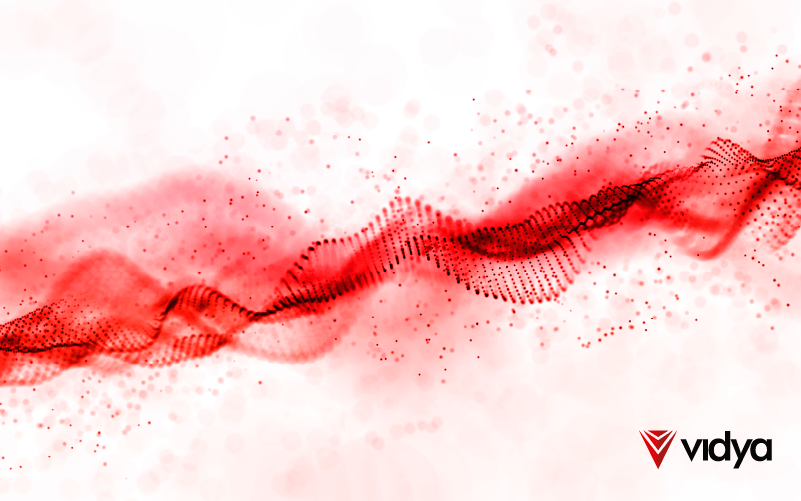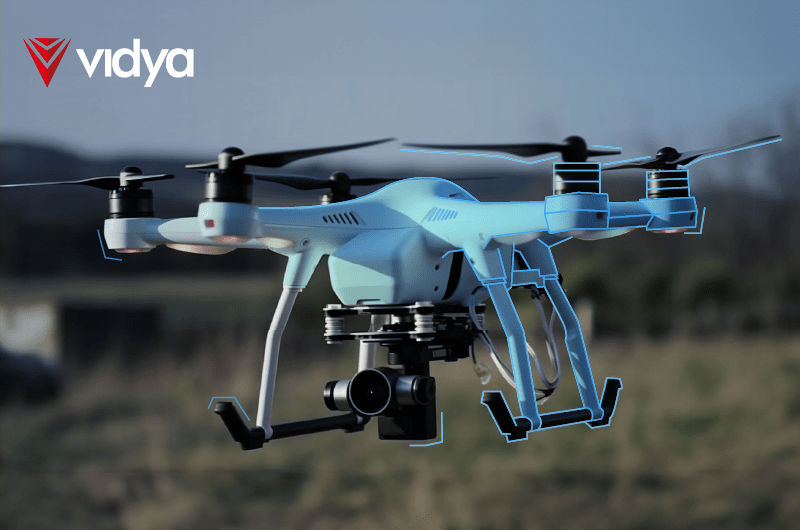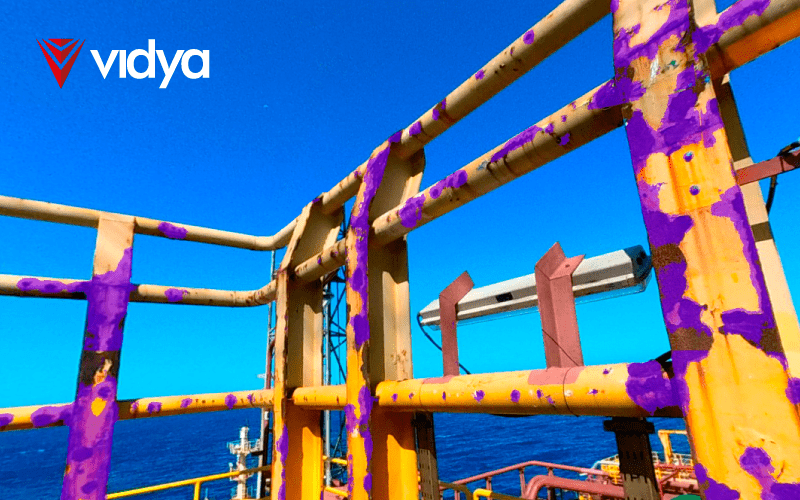Spatial Computing might be the next frontier of technological evolution. This technology blends virtual and physical environments for seamless interaction. Certainly, Apple’s Vision Pro had a significant impact on the popularity of the concept among tech enthusiasts. Yet, it still represents a slightly abstract idea for most people, as it consists of a brand-new technology that presents different levels of immersion and integration within its scope. In this regard, it’s important to analyze the concept behind the different Spatial Computing levels.

Virtual Continuum

The concept surrounding Spatial Computing is defined as the Virtual Continuum. It represents the full spectrum of technological possibilities between the entirely physical world and the fully digital world. At one end of the spectrum lies the physical environment, where interactions occur solely within the constraints of tangible objects. On the other end, virtual experiences occur exclusively in the realm of the digital world. In this sense, the in-between points will merge those experiences to deliver an expanded perspective of reality.
- Real environment: represents the complete physical surroundings;
- Augmented reality: the real world is augmented with virtual elements;
- Augmented virtuality: the virtual world is augmented by including physical objects;
- Virtual reality: represents the entirely digital environment;
- Mixed Reality: any environment where the real and virtual objects are combined within a single display.
Initially proposed by Milgram and Kishino in 1994, the Virtual Continuum is a parameter for digital immersion within the physical world. In this setting, Spatial Computing balances the different sections of the spectrum, aiming for a more complete experience of both physical and virtual environments. According to the University of Applied Sciences Upper Austria’s article ‘’Cross-Virtuality Visualization, Interaction and Collaboration’’, a smooth transition toward the reality end of the continuum can play a critical role in integrating data analytics into real-world spatial settings and social environments.
However, the mentioned points don’t refer to the actual 4 different levels of Spatial Computing experiences. Indeed, they represent the segments of the Virtual Continuum, which the technology spans across. Still, Spatial Computing presents 4 categories of different immersion levels in physical and digital blended environments. Each category has its unique features and applications, but they all have one thing in common: an immersive interaction between the user and the information around him.
The 4 levels of Spatial Computing
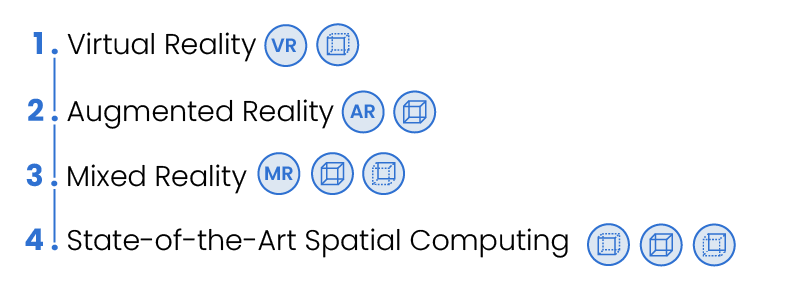
Spatial computing doesn’t have a rigid hierarchy of levels. However, different levels of immersion and integration with the real world can be used to categorize various forms of Spatial Computing experiences. In this sense, these 4 models represent real applications of the integration of data analytics into physical environments, including:
1. Virtual Reality (VR):
Virtual Reality immerses users in a completely digital environment, replacing real-world surroundings with a simulated 3D environment, providing an immersive experience that can be interactive or passive. VR finds applications in various fields, including gaming, education, training, healthcare, and entertainment. According to Statista, the global VR market size is estimated to increase from less than 12 billion U.S. dollars in 2022 to more than 22 billion U.S. dollars by 2025.

2. Augmented Reality (AR):
Unlike VR, AR layers digital information into the real world, enhancing the user’s perception of the environment. Augmented Reality visually changes natural environments in some way or provides additional information to users with content overlaid to the physical world. AR enables users to interact with digital content while maintaining awareness of their physical surroundings. Indeed, this technology is becoming increasingly present in our routines. According to Statista, the mobile augmented reality (AR) market is projected to surpass over 36 billion U.S. dollars by 2026.
3. Mixed Reality (MR):
Mixed Reality bridges the gap between VR and AR, blending the real and virtual worlds seamlessly. In this scenario, digital and physical objects coexist and interact in real-time. Certainly, blending virtual and real elements creates a sense of presence and immersion not achievable with VR or AR alone. According to Microsoft, this application is the next frontier in computing science following mainframes, PCs, and smartphones by unlocking natural and intuitive 3D, human, computer, and environmental interactions.
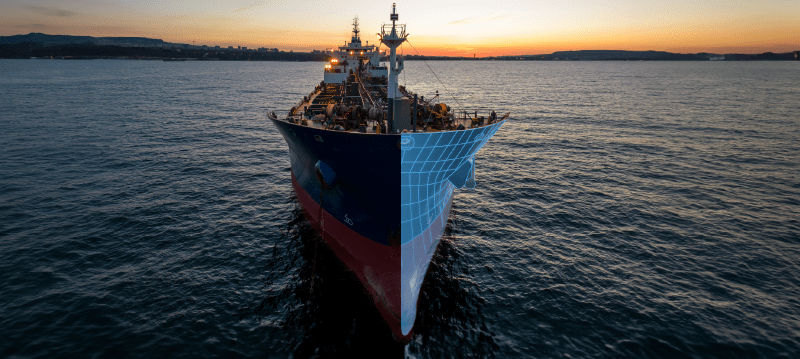
4. State-of-Art Spatial Computing
Despite Spatial Computing being the highest level of physical-digital integration, it doesn’t exist at a single point on the virtuality continuum but, rather spans across it. This technology alternates between the mentioned levels, allowing for different ways of visualization and interaction with the reality displayed. One of the defining features of Spatial Computing is its ability to understand and interpret spatial relationships in real-time. And, by comprehending the user’s surroundings, systems can accurately place and manipulate digital content within the physical space, creating a truly immersive experience.
How Spatial Computing works
Spatial Computing encompasses interacting with digital information in a physical space’s 3D projection, which requires mapping the environment for the system’s recognition of physical elements. For this purpose, Reality Capture technologies such as photogrammetry, laser scanning, and LiDAR can create the foundation for these interactions. These tools capture 3D data of objects to provide inputs for Spatial Computing applications.
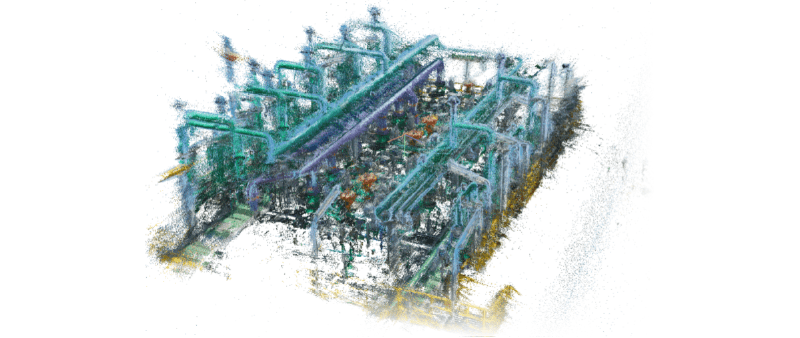
While LiDAR and laser scanning measure distances to objects using light, photogrammetry uses image sequencing to infer 3D information. Thus, different and common elements between photos and scans are calculated to identify objects in the images. This is when a reality-based 3D model of the environment is built, requiring space reconstruction from Reality Capture inputs with technologies that function as AI algorithms.
With these tools properly integrated, we can achieve precise visualization and seamless interaction between physical and digital objects, blurring the boundaries between reality and virtuality. Furthermore, Spatial Computing provides deep environmental immersion to users through fluid navigation, realistic definition, and accurate depth measurements of physical spaces. This technology allows users to interact with complex data sets and models in a 3D environment, providing deeper insights and facilitating informed decision-making.
Spatial Computing in the Industry
Spatial Computing holds immense potential to be the next Industry’s cutting-edge technology, fundamentally transforming how we work and interact with information. Here’s a glimpse into its transformative applications:
- Engineering: Imagine engineers and operators collaborating in a virtual space, manipulating 3D models of heavy assets alongside real-time data while visualizing the actual facility. Spatial Computing facilitates real-time sharing of information and procedures, fostering collaboration and enhancing data management throughout project lifecycles.
- Manufacturing and Maintenance: Spatial Computing can empower manufacturers with immersive training simulations and visualization of their complex asset operation and maintenance for decision-making.
Conclusion
Spatial Computing emerges as a powerful and versatile technology holding immense potential for transforming various aspects of our lives. By merging the physical and digital worlds, it offers a spectrum of experiences from fully immersive virtual environments to augmented real-world scenarios. With seamless interaction between these domains, Spatial Computing opens avenues for enhanced visualization and deeper insights. As this technology continues to evolve, its impact across industries and daily life is poised to be profound.
